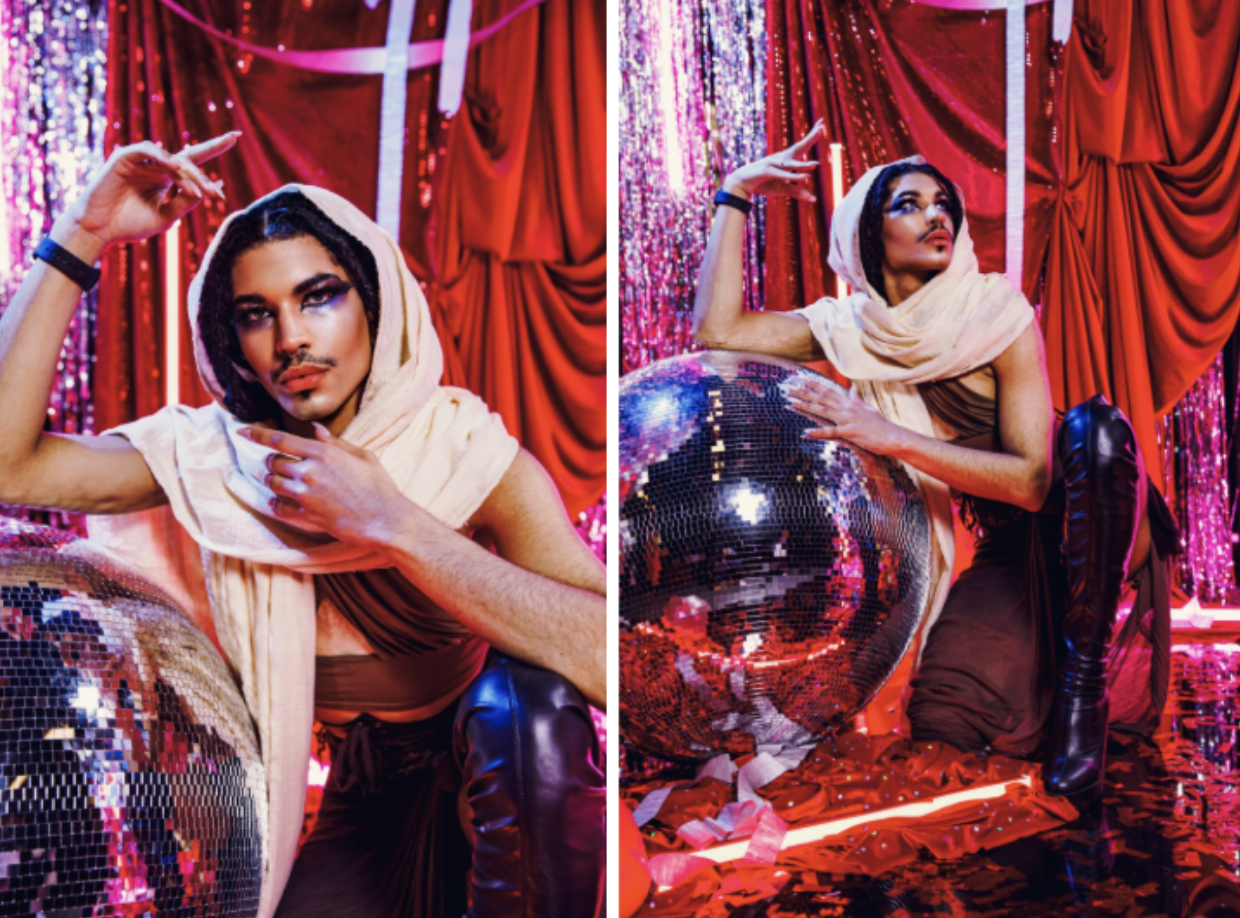CATS: “The Jellicle Ball”
The Ballroom community takes over CATS: “The Jellicle Ball”
By Anna Bustamante
Sourced From The New York Times Instagram and Kendall Stroud
The cheers echoed from the crowd as Kendall dipped for the first time on the Catwalk that would soon become the queer community’s stomping ground.
In October 2022, a recent graduate from New York University (NYU) Tisch program, Kendall Stroud, anxiously marched themselves to an audition that would change their life. Only a few months after the most nerve-racking audition, they picked up a phone call from a producer inviting them to join the beginning steps of the workshop for the revival of CATS: “The Jellicle Ball”.
The iconic Broadway show first entered the Broadway scene in 1982 and closed in 2000, but in the summer of 2024, the grandest Broadway revival took place when CATS: “The Jellicle Ball” reclaimed the stage, but this time, it was a runway. Creating a play on words, the new Jellicle Ball drew inspiration from queer Ballroom culture. The show received hands-on assistance and participation from some of the most iconic original Ballroom mothers, helping to encapsulate the purest form of Ballroom culture.
Ballroom emerged in Harlem, NY, in the 1980s as a “safe haven” (Stroud) for queer Black and Brown communities, an underground subculture for queer expression. Crystal LaBeija created the first House, naming it The Legendary House of LaBeija, as a response to the lack of Black and Brown transgender representation in drag culture, competitions, and balls. These houses acted as sub-communities within the larger culture; multiple houses would gather for balls where they would compete in dance competitions. When Madonna's song Vogue was released in the 90s, more houses began to open as ballroom was launched into mainstream culture.
As society has become more accepting and inclusive of queerness, mainstream Ballroom culture has morphed into communities where one can express their queerness through dance. Starting with Beyoncé's Renaissance album, and now with the revival of CATS, the mainstream media is becoming more exposed and educated on the culture and history of Ballroom.
Photos sourced from Kendall Stroud
Kendall Stroud, a queer person of color, was cast as Electra and as a swing for almost every role in the show, in some way acting as a pillar of support for the cast and production. Kendall Stroud graduated from NYU in May of 2022, where they spent their time studying different types of acting techniques, styles of dance, intensive vocal training, and participating in multiple school productions—everything needed to become a successful triple threat (actor/singer/dancer).
Throughout every production an actor partakes in, they gain a greater understanding of what it means to be an actor and their existence within the world of art; Stroud describes their experience as "truly inspiring...it taught [them] about who [they are] in a room of professional artists and who [they] want to be moving forward.”
CATS, being Kendall's first big break post-graduation, was not only exhilarating, but it was “Extremely enlightening…[and] taught [them] what endurance means, what resilience means” (Stroud).
Typically, the Broadway scene is not filled with queer people of color (POC), the original CATS cast being predominantly people of color, and now the revival, consisting mainly of queer POC, opened the door to a space that finally felt fully inclusive.
Stroud has frequently felt misrepresented in theatrical spaces, but their time spent with the CATS production was an experience they could have never imagined. In an interview, they said that their “identity was at home here when it is usually what 'others' [them]” in typical audition rooms and productions.
Ballroom culture was not unknown to Stroud when they first entered this project; they had explored the communities throughout their years spent in New York and would attend as many competitions as they could during their spare time. Stroud is now a member of The Legendary House of Nina Oricci; Nina was the co-choreographer of CATS and is now the founder of Oricci. During the show, Stroud spent significant time with them, creating such a strong bond that Oricci invited them to join their House.
The revival project grew bigger and bigger, receiving multiple extensions and an opportunity to move to the main Broadway stage. The magnitude of attention the show recievewd made Stroud's experiences even grander, and their role in the show more substantial. Multiple celebrities attended the performances, such as J-Lo and Tyla, and Ballroom icons and legends who described the project as an “accurate representation of Ballroom culture and [how] it was respected and served the community it was made for” (Stroud).
The original creator of CATS, Andrew Loyd Webber, spent time observing and preserving the show during rehearsal periods. Throughout the show's run, he explained to the cast and production team that he had never seen his work receive this sort of response from the public.
This show was not only extremely entertaining and exciting, but it was also highly educational and exposed a broader scope of society to queer Ballroom culture and the significant history behind it.
Personal interview with Kendall Stroud
Voguing and the House Ballroom Scene of New York, 1989-92 by Stuart Baker
Extra educational information:
Paris is Burning - documentary on the history of Ballroom in New York City
December 2024

